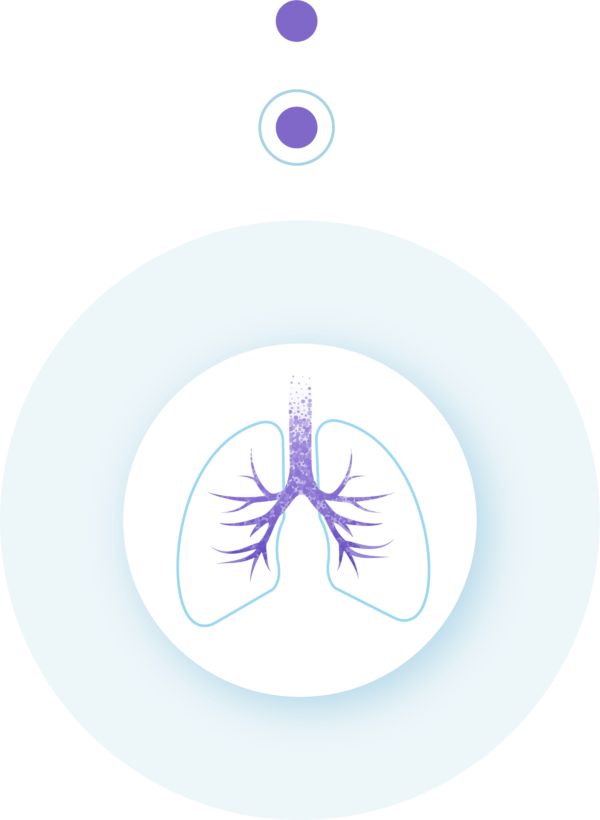Studieoverzicht
Study name: Safety and efficacy of a flexible endobronchial sampling instrument that obtains a CORe sample from KeY suspected areas of pulmonary and mediastinal lesions. - COReKeY
| Host / recruiting site 1 | Radboud UMC | Enrollment | Closed |
|---|---|---|---|
| Design |
Open (masking not used), Uncontrolled, Parallel, Diagnostic |
||
| Intervention | N/A |
||
| Key outcome parameters | The primary objective of this safety and efficacy study is to assess the overall diagnostic yield. Diagnostic yield is defined as the number of times the procedure was diagnostic (either malignant or benign), relative to the total number of attempted navigation procedures. The criteria for what constitutes a diagnostic sample will be modelled after the strict definitions as proposed by Vachani et al. (Vachani et al. Chest, 2020). When applying this definition, a diagnosis can only be determined based on pathology results from the study procedure and without follow-up information. Diagnostic outcomes are malignant or specific benign diagnoses (e.g., granulomatous inflammation, fungal infection). All other findings are categorized as non-diagnostic. This definition allows for a conservative analysis of the outcomes, and has strong clinical applicability. |
||
| Key inclusion criteria |
|
||
| Key exclusion criteria |
|
||
| Contact information | Log in voor de contactinformatie | ||




